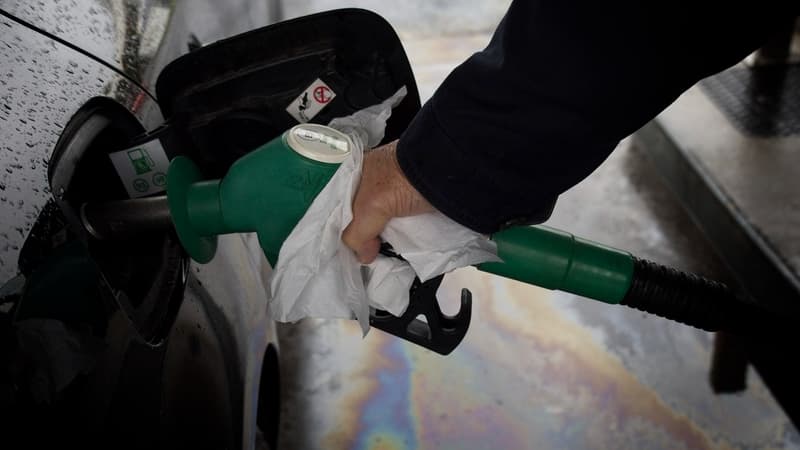“More than a trillion dollars”: forced to respond urgently to rising energy prices, states have never subsidized the consumption of fossil fuels as much as in 2022, when the climate crisis would demand the opposite, lamented this Thursday the International Energy Agency (IEA).
Faced with the destabilization of energy markets caused by the war in Ukraine and “extraordinarily high and volatile” prices, governments have preferred to protect consumers and businesses, the agency notes.
In addition to a “significant” burden on public finances, “these expenses risk reducing the incentive to use energy efficiently or to switch to clean energy,” the IEA still laments.
In total, “fossil fuel subsidies have doubled compared to the previous year” and reached “an all-time record of $1 trillion,” according to the IEA.
350 billion for Europe
This aid was concentrated mainly in emerging countries and developing economies, but advanced economies were no exception, especially Europe, where the exceptional spending aimed at reducing the energy bill in 2022 represented approximately 350 billion dollars.
Subsidies have taken various forms: from managed or capped prices, tax reductions, payment facilities or prohibitions to cut gas or electricity in case of non-payment, to the recapitalization of companies, the suspension of debts or even support for key energies . intensive industries, specifies the AIE.
Subsidies for gas and electricity consumption have more than doubled, and those for oil have increased by around 85%.
The IEA invites us to draw lessons for the future. “Fossil fuel prices are not the best way to promote the transition towards clean energy” because they divert attention and money from public administrations, and in some cases even encourage a return to more polluting uses, such as the abandonment of gas in favor of coal to run power plants, he stresses.
Source: BFM TV


